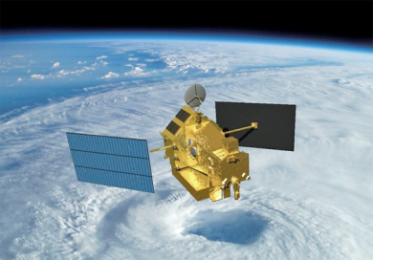On 8 July 2014, pressure sensors on board the Tropical Rainfall Measuring Mission’s (TRMM) satellite were triggered indicating the on board fuel tank to be near the end of its fuel supply. The TRMM satellite was a joint mission between NASA and the Japan Aerospace Exploration Agency (JAXA) launched in 1997 making history carrying the world’s first precipitation radar payload into space with a planned 3 year mission to measure precipitation over the tropics.
17 years later TRMM has provided researchers with unprecedented high quality data sets taken combining radiometer measurements with 3 dimensional radar scans revisiting locations a different times of day aiding climatologists and meteorologists in understanding how rain evolved with day/night cycles. Data from TRMM has been applied in the hydrological modeling of floods, tacking and forecasting tropical cyclones, validating climate models, fire detection, and monitoring disease in flooded areas.
"TRMM has met and exceeded its original goal of advancing our understanding of the distribution of tropical rainfall and its relation to the global water and energy cycles," said Scott Braun, the mission's project scientist at NASA's Goddard Space Flight Center in Greenbelt, Maryland.
TRMM will continue operation until the spacecraft descends to an altitude of 335 kilometers above the Earth and shuts down. This is estimated to take place in February 2016.

